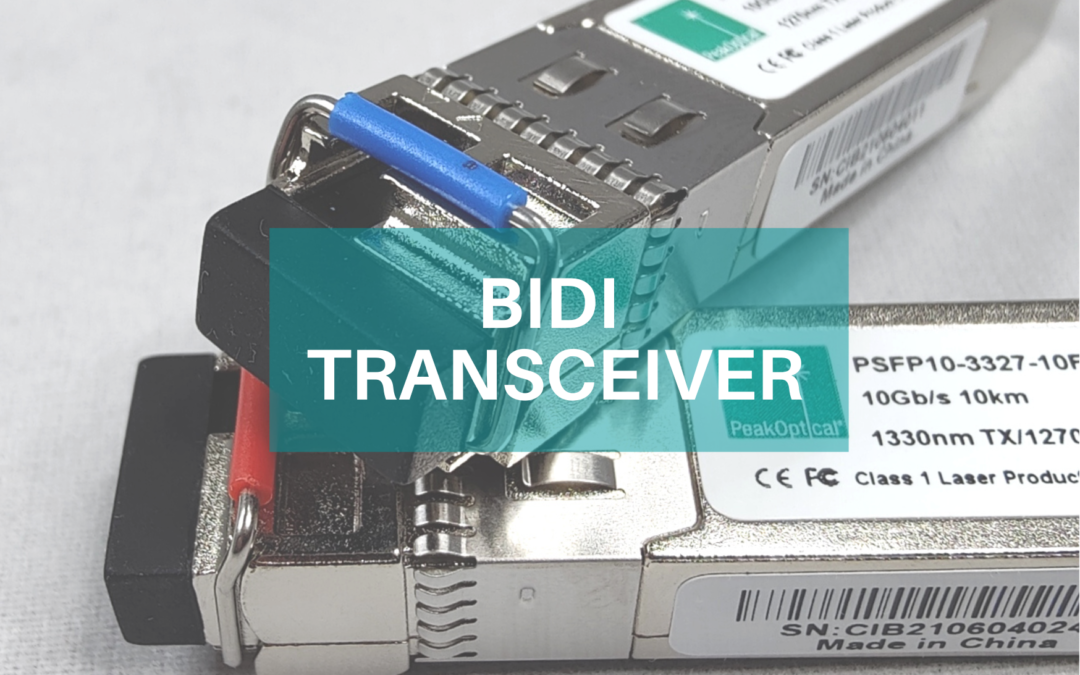
by Lorena Moscalu | Mar 9, 2022 | Latest News
The transceiver technology that allows data to be transmitted in both directions in a single fiber cable, known as a bidirectional (or bidi) , has allowed companies to smartly upgrade their network structure. Ranging from speeds of 1Gb to 40Gb, the bidi transceiver...
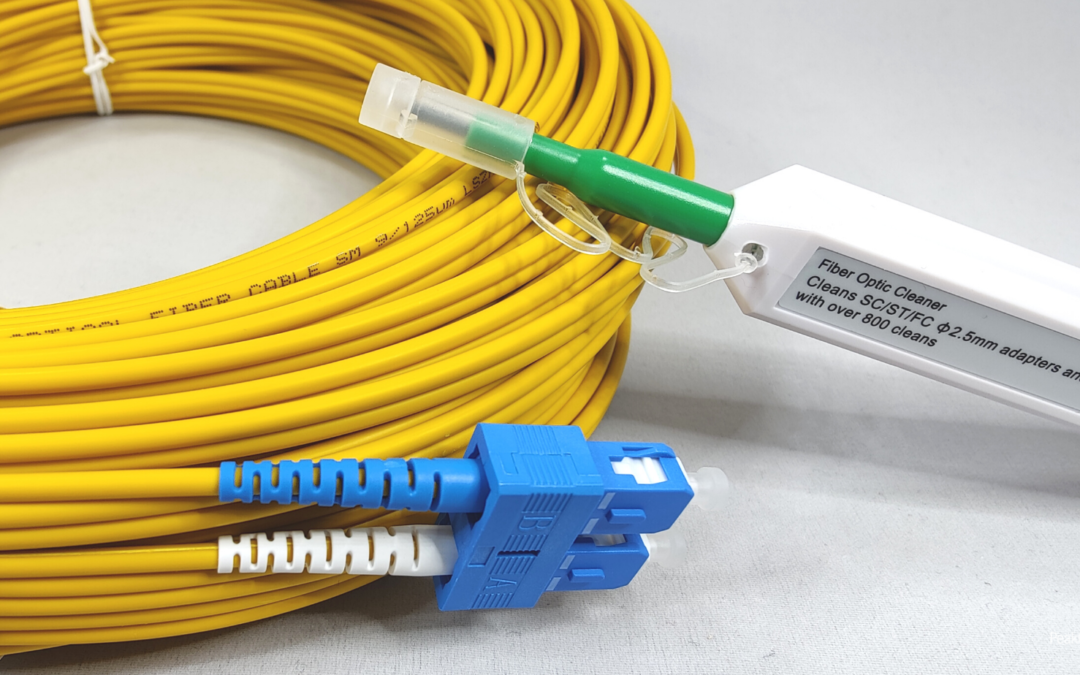
by Lorena Moscalu | Feb 22, 2022 | Latest News
Maintaining your fiber optics clean has been and still is one of the best methods to keep your network infrastructure’s costs low. While it is a delicate procedure that requires attention to detail, cleaning the fiber devices is important and can make the...
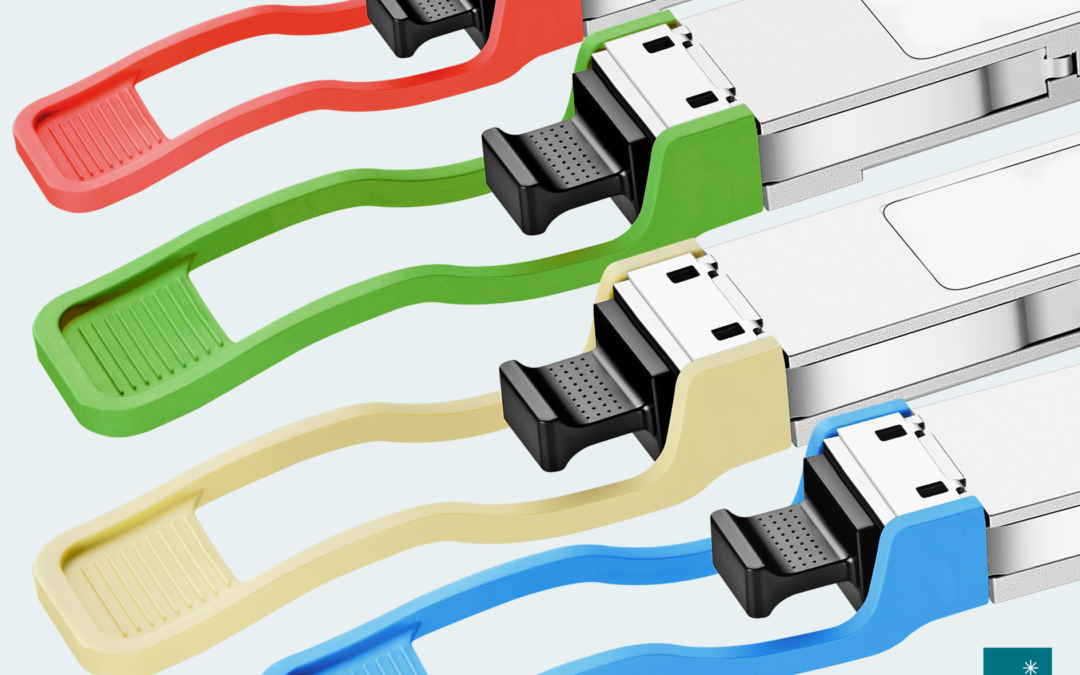
by Lorena Moscalu | Jan 20, 2022 | Latest News
The digital needs of people around the world are constantly increasing and with new technologies such as VR, 4K HD videos, or webcasts, their expectations grow even more. The fiber optic field keeps up with the market demands and has developed the QSFP56 Transceiver...
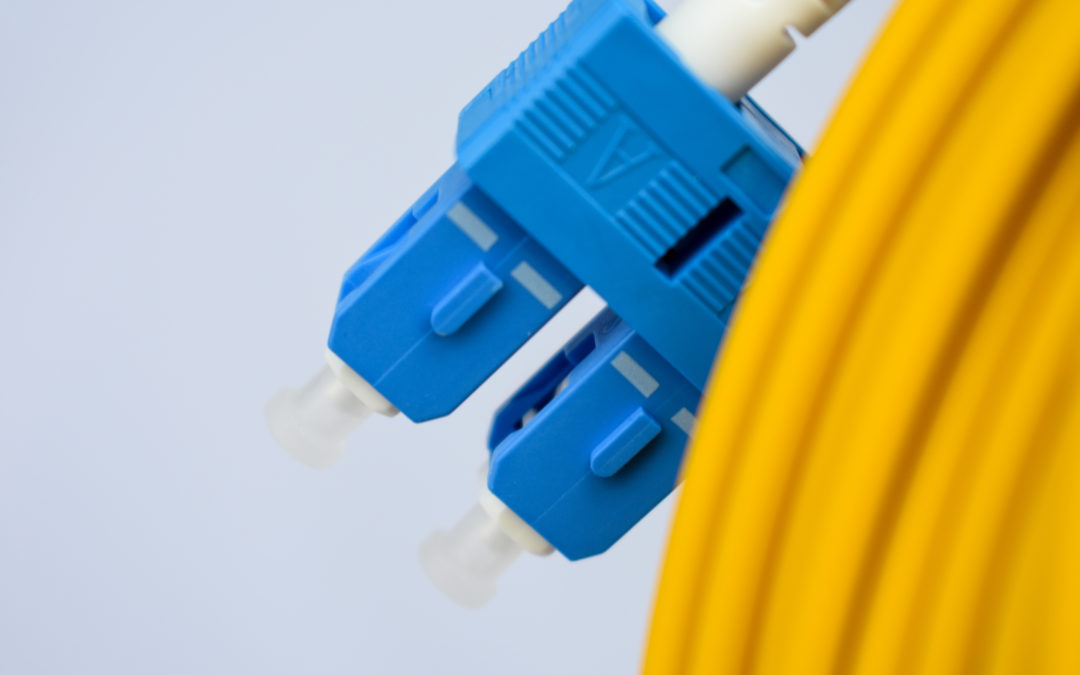
by Lorena Moscalu | Dec 2, 2021 | Latest News
In January 2021, 4.66 billion people were actively using the internet worldwide. That’s about 60% of the global population. The countries with the highest internet penetration rate worldwide are the UAE, Denmark, and Sweden. But here’s more: the vast...

by Lorena Moscalu | Apr 6, 2020 | Latest News
Do you know what advantages of fiber optic might benefit your business? Fiber optics made it possible to transmit information around the world in a matter of seconds. Compared to copper cable, the information is being transmitted faster and its quality is not altered....
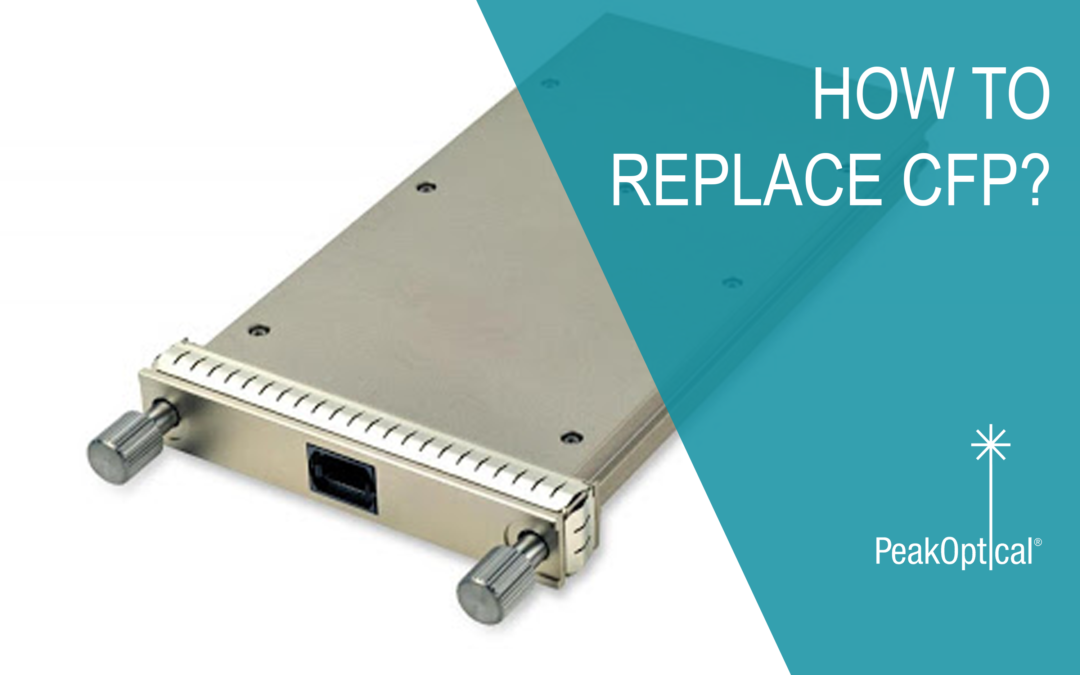
by Lorena Moscalu | Mar 10, 2020 | Latest News
CFP is a hot-pluggable form-factor module used in fiber optic networks. CFP is an acronym from 100G (C = 100 in Roman numerals; Centum) Form-factor Pluggable. This optical transceiver is designed for 100G interfaces. Since 2009 the CFP has evolved into the CFP2 and...








